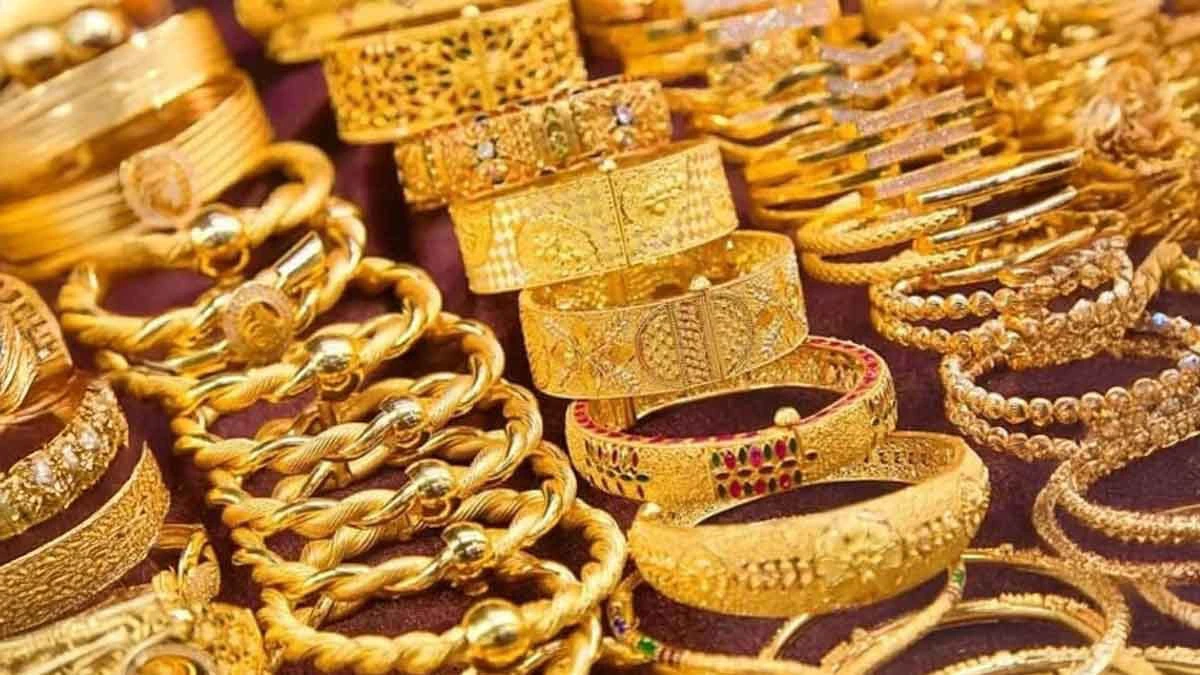November 20, 1959 (4th Agrahayan, 1366 BS) marked an unforgettable day in Calcutta’s history. The inherent trust and fascination people held for gold were severely shaken by the actions of Paresh Chandra Dutta.
The panic that swept through 30 lakh people was rare: if gold became abundant, its value would be destroyed! Driven by this fear, people rushed to jewellers to sell their hoarded gold, causing a massive crash in the stock market.
This was the core premise of Satyajit Ray’s film ‘Parash Pathar’ (The Philosopher’s Stone), where Tulsi Chakraborty (Paresh Chakraborty) possessed a stone that could turn iron into gold simply by touch. As the news spread, gold prices plummeted, convincing the public that gold might become as worthless as a stone on the road.
Fiction vs. Reality: Is Gold a ‘Bubble’?
Currently, the price of 10 grams of gold stands at ₹1,30,000, a nearly 50% increase from ₹72,000 just a year ago. Experts suggest that a ‘bubble’ has formed in gold, which could burst at any time-meaning prices could fall. However, gold is universally recognized as a ‘Safe Haven’ asset where nations invest to maintain stability. Therefore, a complete collapse to zero is practically impossible. While prices can decrease, they cannot become zero, experts affirm.
When Can Gold Prices Fall?
The four primary reasons for a decline in gold prices, as per economic cycles, are:
- Lower Inflation: When governments sell gold to increase market liquidity, the demand for gold decreases. However, historical trends show a consistent long-term appreciation in value.
- Global Peace: In the absence of wars, financial crises, or geopolitical tensions (which seems improbable in a world with Kim Jong Un, Putin, and Netanyahu), investors confidently move funds to other riskier assets.
- Rising Interest Rates: An increase in interest rates for Fixed Deposits, bonds, or a boom in the stock/crypto markets diverts investor interest away from gold.
- Off-Season (Non-Wedding/Festival): Simply put, demand-driven buying during peak seasons pushes prices up.
Is Gold’s Future Truly Uncertain?
As we enter the AI age, investment patterns are shifting. Some speculate that a century from now, gold might no longer be considered an essential investment. If all transactions become digital, the physical existence of the yellow metal might diminish. Furthermore, ‘Minimalist Beauty’ trends could see women opting for non-gold, simple ornaments. If human income decreases due to automation, the purchasing power for gold will naturally decline.
Yet, the story of the Philosopher’s Stone lingers-if such a stone were ever invented, what would happen to gold?
